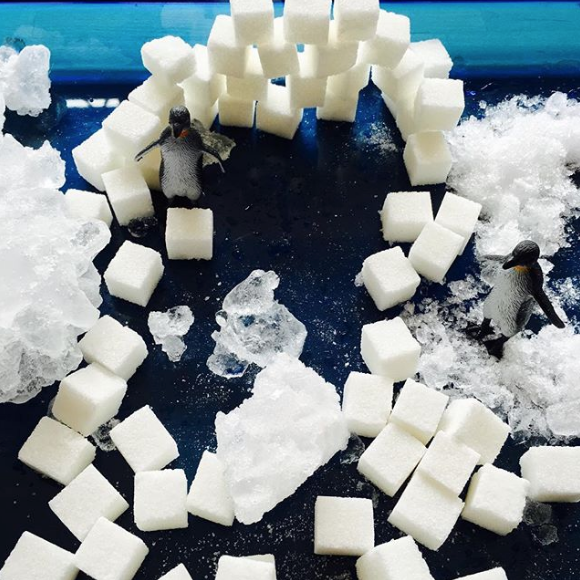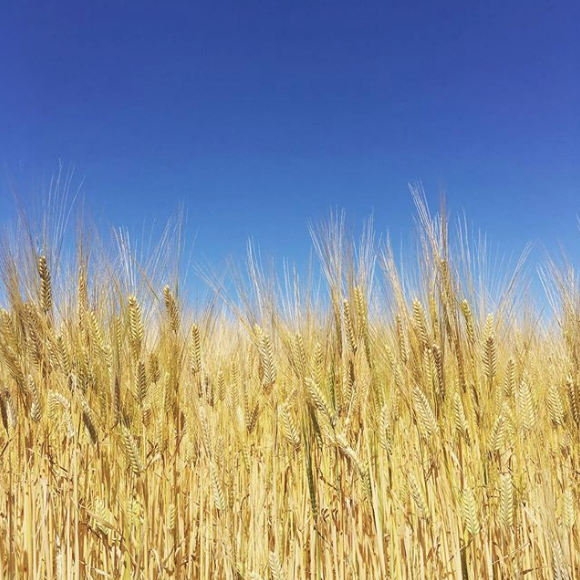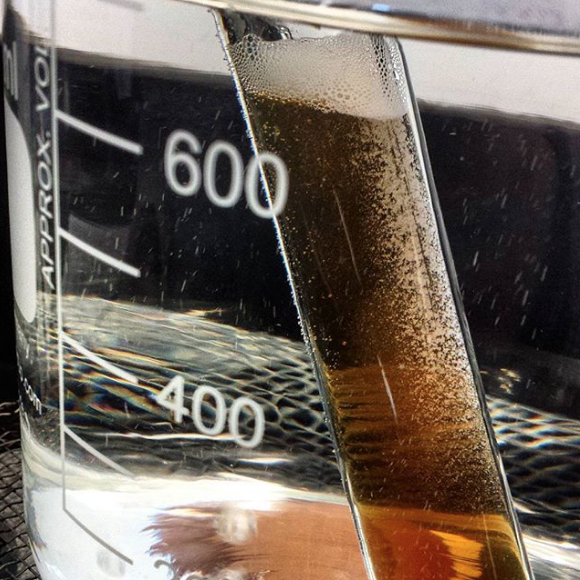What do you do when you’re completely booked the whole day and don’t have time to wait in line for Subway? Do you just wait until dinner?

Gif courtesy of giphy.com
Or do you pack a snack, like Quest Bars, to tide you over until your next meal? Although most protein bars have added sugar, Quest Bars boast to have almost none at all. Quest Bars also contain no gluten. Wait, a protein bar that’s gluten-free, sugar-free, and tastes like dessert? With flavors like Cookies and Cream, Pumpkin Pie, and S’mores, they seem to be a gift from heaven. But are Quest Bars too good to be true? Check out some of the not-so-nice ingredients in these “healthy” bars.
1. Sucralose

Photo courtesy of @three_busy_boys on Instagram
Sucralose is one of the ingredients used to give Quest Bars their sweet taste. Early research suggested that this high-potency sweetener passes through the GI tract undigested, so it would have little effect on the body. However, recent studies have shown that sucralose actually does metabolize and can cause several detrimental effects on the body, such as reducing good gut bacteria and making medicines less effective.
2. Dietary Fiber

Photo courtesy of @hrms0601 on Instagram
Quest Bars contain 17 grams of dietary fiber, which is a very high amount. To give you an idea of how much that really is, the Mayo Clinic lists a cup of boiled split peas as the food with the highest fiber content in a single serving at only 16.3 grams. According to the Mayo Clinic, the daily recommended amount of dietary fiber for males is 38 grams, and for women, it is 25 grams. Depending on how much dietary fiber you eat regularly, a Quest Bar may increase your dietary fiber intake too quickly, possibly resulting in gas, bloating, or cramps.
3. Protein

GIF courtesy of giphy.com
Although protein has been the new focus for health enthusiasts recently, consuming too much protein is the same thing as binging on your favorite guilty pleasure snacks. Unless you’re hitting the gym hard, chances are you only need so much protein in a day. The Recommended Dietary Allowance (RDA) is 0.8 grams of protein per kilogram of weight, or about 0.36 grams per pound. The RDA is the minimum amount of protein a person needs to prevent sickness. To calculate how much protein you actually need, use this handy calculator. A Quest Bar contains a whopping 21 grams of protein in one serving, which is almost half of what a person needs in a day. To keep extra protein from turning into fat, you have to watch your daily intake.
4. Natural Flavors

Photo courtesy of @plantstoplanets on Instagram
One of the listed ingredients for Quest Bars is “natural flavors.” But, what are natural flavors? According to CNN.com, natural flavors are usually comprised of a chemical, derived from fruits or vegetables, that is enhanced and added to your food. On the other hand, artificial flavors are completely man-made, but fundamentally, the distinction between artificial flavors and natural flavors is miniscule.
Bottom line: Although their claims of being sugar-free and gluten-free evoke a sense of wholesomeness, Quest Bars are a highly-processed food. They have lots of added nutrients, but there is no good substitution for whole foods.
#SpoonTip: Plan ahead and pack healthy snacks like fruit!


